8The Holy Work at Hoeryong-jae Pavilion
- Speaking about the Degree Numbers of Benevolence and Self-Sequestration
As Doju devoted himself to Holy Works and propagation according to Degree Numbers (Dosu) from the Giyu Year (1909) to the Shinsa Year (1941), a number of devotees emerged here and there. However, Japan, which initiated the Second World War, also issued an order to disband religious groups in 1941. Then Doju summoned the disciples from all over the nation and mentioned the Degree Number of Benevolence and that of Self-Sequestration to them. He said, “You have propagated virtue and relieved people of agony. It is time that each of you should go back home and take care of your parents, spouses, and children, but wait until the day when I call you back.” After this declaration, Doju traveled all over the country to perform Reordering Works according to Degree Numbers. Afterwards, he returned to his hometown, Hoemun Village, Haman. - The Holy Work at Hoeryong-jae Pavilion
Doju selected Hoeryong-jae Pavilion in Hoemun Village, Haman, as the designated site for his Holy Works. During that time, Japan played a significant role in initiating the Second World War, and various emergency measures were implemented, including the reinforcement of wartime controls. Despite facing unimaginable hardships, Doju persevered with his Holy Works, adhering to Degree Numbers (Dosu). He promoted cultivation activities throughout the country, with Hoeryong-jae Pavilion serving as the central hub of operations. After the liberation, Doju revived his religious activities and continued conducting Holy Works at Hoeryong-jae Pavilion before eventually establishing the Dao Headquarters in Busan.
When Doju was engaged in Holy Works at Hoeryong-jae Pavilion, Lee Yong-Jik, who had a crippled leg, would come to serve Doju, often traveling between Mungyeong County and Hoeryong-jae Pavilion to visit Doju. One day, Doju smiled and told him, “Your handicap contributes to my Holy Works.”
Hoeryong-jae Pavilion
Hoeryong-jae Pavilion was situated in Hoemun Village, Hoesan Villageship, Chilseo Township, Haman County, South Gyeongsang Province. Doju’s birthplace was located right next to this site. Following Japan’s order to disband religious groups that were incompatible with State Shinto, Doju taught about the Degree Number of Benevolence and the Degree Number of Self-Sequestration in the Shinsa Year (1941). Subsequently, he relocated to Hoeryong-jae Pavilion and conducted Holy Works there in accordance with the Degree Number. - Resuming Religious Activities
On the 4th day of the 7th lunar month of the Eulyu Year (1945), when Lee Yong-Jik came to take his leave from Hoeryong-jae Pavilion, Doju persuaded him to stay a few days longer. Two days later, he left Hoemun Village after Doju said, “Today, something serious will happen, and a Degree Number will change.” The 8th day of the 7th lunar month (August 15th) was the date when imperial Japan had finally been defeated and Korea gained liberation. After this event, Doju resumed his religious activities, and disciples from various locations across the nation began to gather at Hoeryong-jae Pavilion.
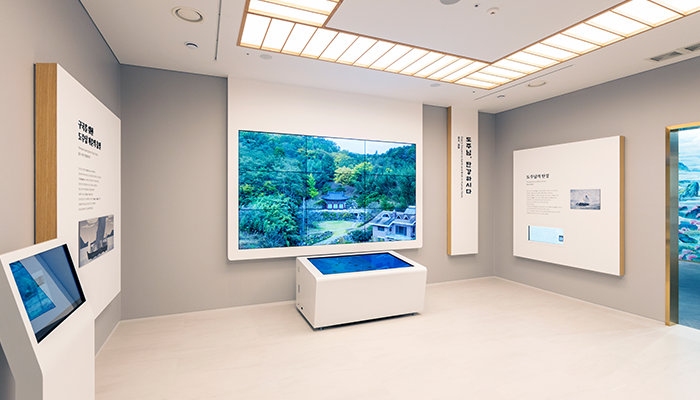
1Doju’s Descent and Birth
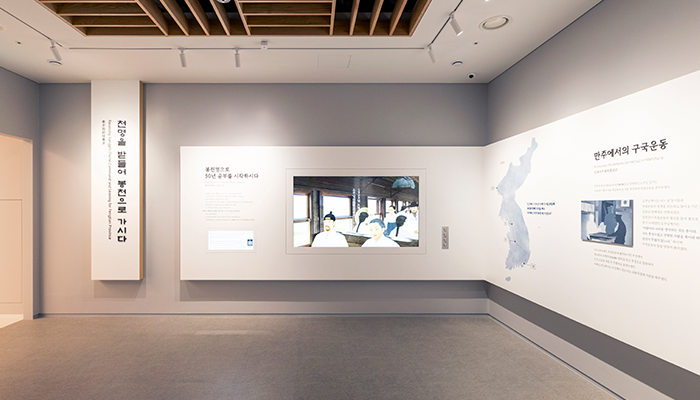
2Receiving Sangje’s Divine Command and Leaving for Fengtian Province
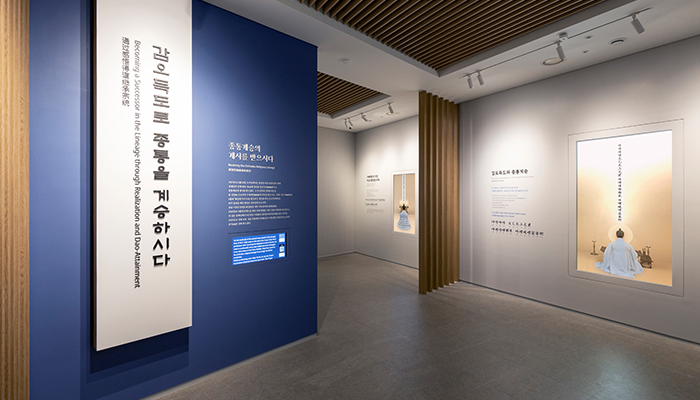
3Becoming a Successor in the Lineage through Realization and Dao-Attainment
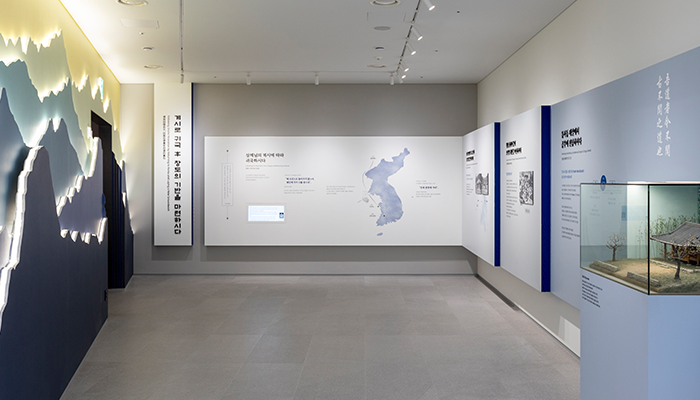
4Following Divine Revelation by Returning to Korea and Laying a New Groundwork
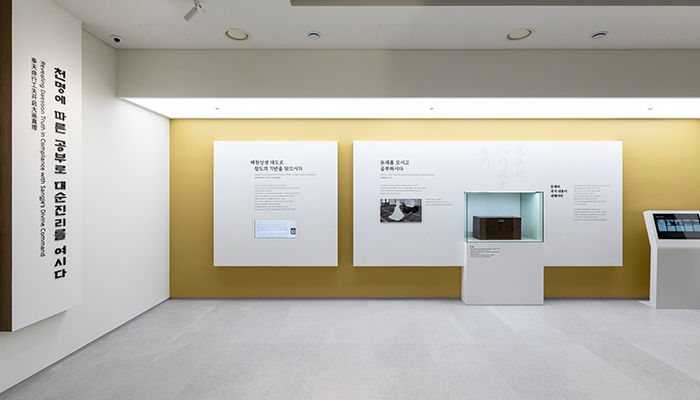
5Revealing Daesoon Truth in Compliance with Sangje’s Divine Command
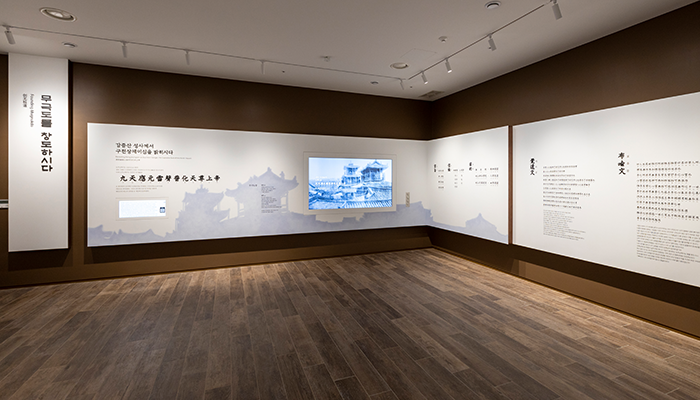
6Founding Mugeukdo
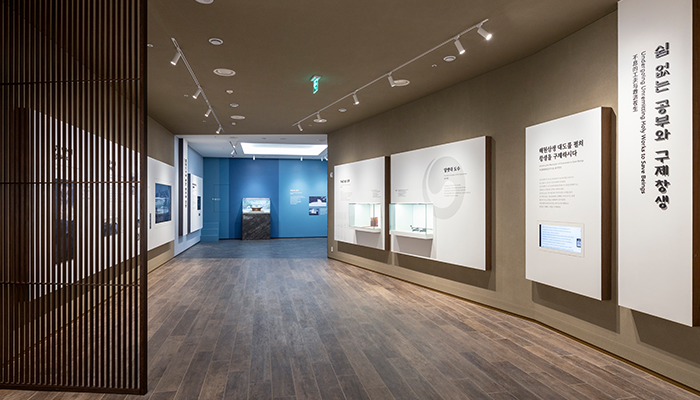
7Undergoing Unremitting Holy Works to Save Beings
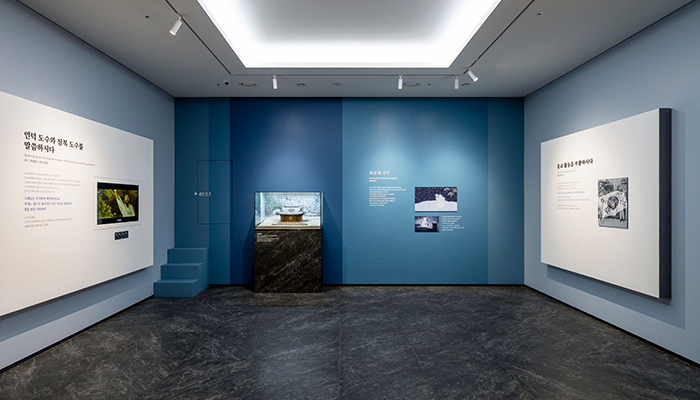
8The Holy Work at Hoeryong-jae Pavilion
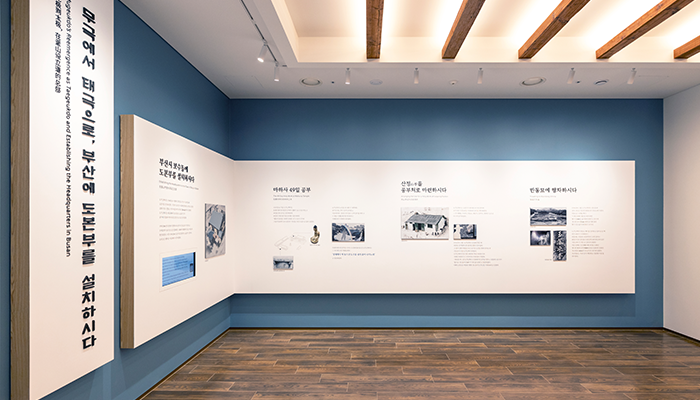
9Mugeukdo’s Reemergence as Taegeukdo and Establishing the Headquarters in Busan
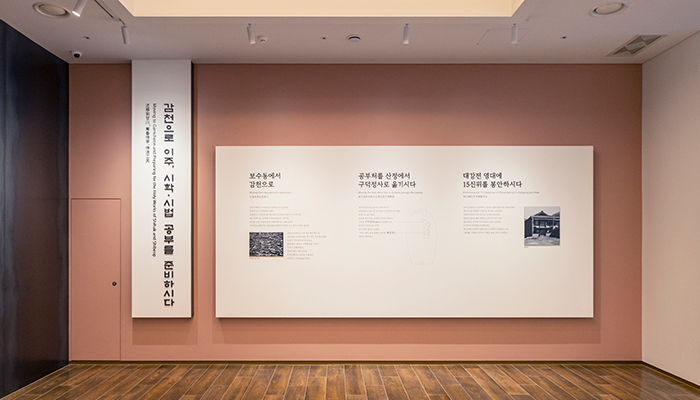
10Moving to Gamcheon and Preparing for the Holy Works of Shihak and Shibeop

11The Completion of the 50-Year Holy Work and Transmission of the Lineage



